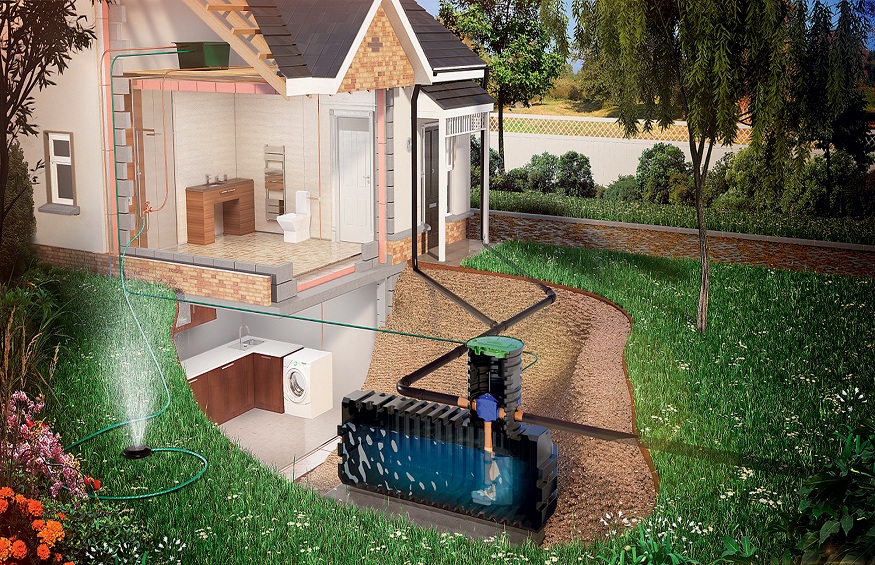
Save Water -Tips for Rain Harvesting Around the Yard
Rainwater harvesting is a great way to use nature to take care of your non-potable water use needs. This practice can be beneficial if you live in a climate where rainfall or freshwater sources are scarce. Using a rainwater harvesting system will allow you to collect, store and access this water when you need it.
Since this water has a pH level of just below seven and is chlorine and lime-free, it is well suited for landscaping, washing cars, laundry, bathing, and filling aquariums and birdbaths. Another key benefit of this behavior is that it can help financially. Many households use an ample amount of water for non-potable uses. They can save as much as 50% on their water bills by collecting and storing water that falls freely from the sky.
It can also help in emergencies when water connections to local providers are cut off. Be sure to check if local laws prohibit this practice or if you may require a permit.
How to Harvest Rain Water in Your Yard
Check Your Roof
There are certain types of roofs whose materials can add toxins or chemicals to the water that runs off of them. For instance, asphalt shingles carry toxins and are not considered safe to be part of rainwater collection. If you opt to change your roofing materials, clay and concrete tiles and steel sheets are a safer option.
Install a Rainwater Collection System
This system will primarily be made of rain gutters that direct the water towards downspouts. Downspouts typically reach ground level, but you can cut them off at a suitable height that allows a barrel or tank to be positioned beneath and collect the water.
Ensure the tank or barrel is kept on a flat and possibly, raised surface that can withstand the weight of the collected water. A raised surface will make it easier to drain the tank when you want water.
You can install rain gutters on your main house and any other structure on your compound with a roof, including gazebos and storage sheds. The storage tank should have a tap or spigot near the bottom that you can use to drain out water for use through a hose. The opening where the water enters the tank should also have a mesh screen to help filter out debris from the water being collected.
Drinking Rainwater
It is possible in some cases to drink or cook with rainwater. However, it would be best to take extra precautions, beginning with having the water tested to ensure it does not contain dangerous contaminants. You also need to ensure proper filtration is done and be keen about keeping your rainwater collection system clean and serviced.
Maintenance
Be sure to clean out your gutters from leaves, dust, and other debris regularly, especially at the start of the rainy season. Doing this will ensure the water can travel through clean and clear channels. Blockages can prevent this good flow and result in water loss as the rain spills over the edges of the gutters.


